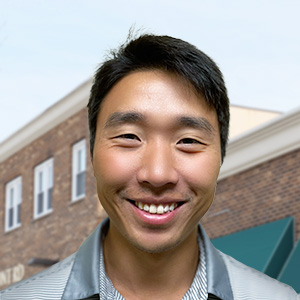Aaron Rodgers, the renowned NFL quarterback, faced a challenging setback when he underwent Achilles repair surgery on September 13, 2023, following an injury that occurred in the FIRST quarter of his FIRST game as a New York Jet. An Achilles tendon rupture (or more commonly known as a “tear”) is common among athletes. It can particularly impact mobility and have a drastic effect on sports performance. In the past, we’ve seen this injury end careers, as was the instance for former Phillies first baseman, Ryan Howard. So, if Rodgers were to return to the field this year, it would exemplify the dedication and extensive rehabilitation required for such a recovery – not to mention, the cutting-edge surgical technique his surgeon used.
Dr. Neal ElAttrache, orthopedic surgeon from the Kerlan-Jobe Orthopaedic Clinic in Los Angeles, performed Rodgers’ surgical repair which included the use of an internal brace. This type of procedure is designed to enhance the strength of the repair and guard the repair against stretching. While the speed bridge does not guarantee a quicker return, it would eventually guard against overstretching allowing Rodgers to optimize his power, agility, and elusiveness in the pocket.
Typically following an Achilles repair, the initial phase of recovery involves the immobilization to protect the healing tendon. However, in Rodgers’ case, he was weightbearing as tolerated and ambulating within the first week. Usually, rehabilitation immediately after surgery focuses on protecting the repair and reducing pain/inflammation while beginning to promote range of motion, while limiting dorsiflexion (bringing the foot to the sky) to 0 degrees/neutral. But once again in Rodgers’ process, it appears that this entire process was expedited.
Physical therapy forms the cornerstone in any Achilles repair recovery, and Rodgers’ journey is no different. We’ve already seen him walking and throwing on the sideline, so he will progress to more challenging exercises, focusing on strengthening the calf muscles and improving overall stability of the lower quarter. From there he’ll advance to proprioception exercises and specific drills designed to mimic on field movements.
The timeline for complete recovery typically varies but can often span from 9-12 months, even years for some. If Aaron Rodgers were to return this season, he would set a whole new precedent for professional football athletes, similar to what Adrian Peterson did years ago following his return from ACL reconstruction.
In my opinion and based on what I’ve seen so far, it is very possible for Rodgers to return this year, but just as possible that he could reinjure his Achilles. From my experience, you can’t cheat biology. Tissues need time to heal and reorganize in order to safely return to sport. Also concerning is that a same-season return would set an unfair example to normal people who tear their Achilles and expect to return to their sport within months. Playing in the NFL has some perks including, but not limited to, access to the best surgeons and healthcare teams, cutting edge interventions, rehab multiple times a day, and professionally designed diets, all of which allow professional athletes to sometimes return to sport faster.
It is clear so far that Rodgers’ surgery has been a “success”, but there are still multiple hurdles for him to be able to return for a Jets playoff run. First and foremost – the Jets need to actually make the playoffs. If they do, and somehow make a run with Rodgers behind center, this could potentially become the greatest sports comeback of all time, right up there with Tiger in 2019. Only time will tell.
Meet the Expert
Joe became a physical therapist because he has always had a passion for health and wellness. He loves helping individuals to reach their maximal potential. His commitment to excellence in his profession is evident through his rigorous pursuit of knowledge and skills. He is a Certified Strength and Conditioning Specialist as well as a board-certified orthopedic clinical specialist through the American Physical Therapy Association. Learn more about Joe here.

